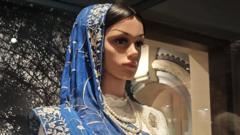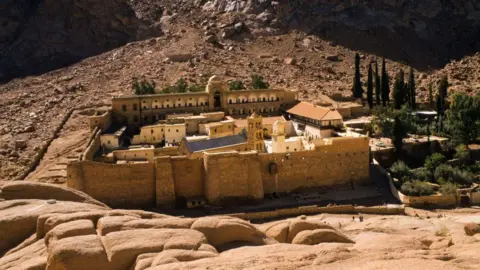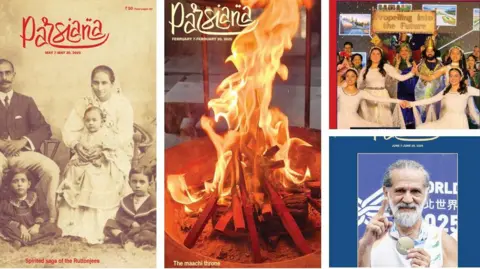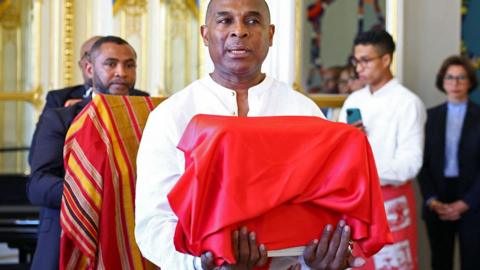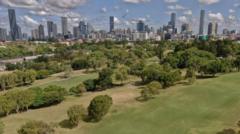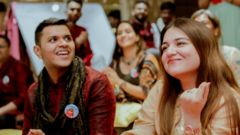Tucked away in a quiet lane in Mumbai, the Framji Dadabhoy Alpaiwalla Museum serves as a beacon for the Parsi community, one of the oldest religious groups in the world following Zoroastrianism. This recently renovated museum, dedicated to preserving the history and legacy of the Parsis, features impressive artifacts and exhibits that reflect this small community's rich cultural fabric, which is rapidly diminishing in numbers, currently estimated at around 50,000 to 60,000.
The Parsis are believed to be descendants of Persians who escaped religious persecution centuries ago. Kerman Fatakia, the museum's curator, highlights the need for greater awareness of the Parsi story, stating, “The newly-renovated museum hopes to shake off some of this obscurity by inviting people to explore the history, culture, and traditions of the Parsi community.” The museum is home to countless rarities, from cuneiform bricks and terracotta pots to coins, all sourced from historical regions like Babylon, Mesopotamia, and Persia that date back to 4000-5000 BCE.
Among the notable artifacts is the replica of the "Cyrus Cylinder," which is often regarded as one of the first human rights charters. In addition to chronicling Zoroastrian history, the museum showcases migration maps detailing routes taken by Iranian Zoroastrians who fled persecution to seek refuge in India between the 8th to 10th centuries and again in the 19th century. The diverse collection incorporates significant items such as furniture, manuscripts, and portraits of influential Parsis, including the father of Indian industry, Jamsetji Tata.
Another striking section features artifacts collected by wealthy Parsis who thrived in the 19th century through trade in tea, silk, cotton, and opium with China, illustrated by traditional sarees influenced by global designs. The museum also provides a unique experience through replicas of the Tower of Silence and a Parsi fire temple, showcasing sacred practices that are generally inaccessible to non-Parsis. The life-size replica of the fire temple, modeled after a significant temple in Mumbai, allows a glimpse into a revered space usually off-limits, adorned with ancient Persian motifs.
Originally established in 1952, the museum has undergone renovations that modernized its displays, making it more accessible and educational for visitors. "It's a small museum but it is packed with history," says Fatakia, emphasizing its role in bridging the gap between the Parsi community and the wider world. The Framji Dadabhoy Alpaiwalla Museum stands as a testament to the Parsis' enduring legacy, inviting visitors from all backgrounds to discover the unique story of a dwindling but vibrant culture.

